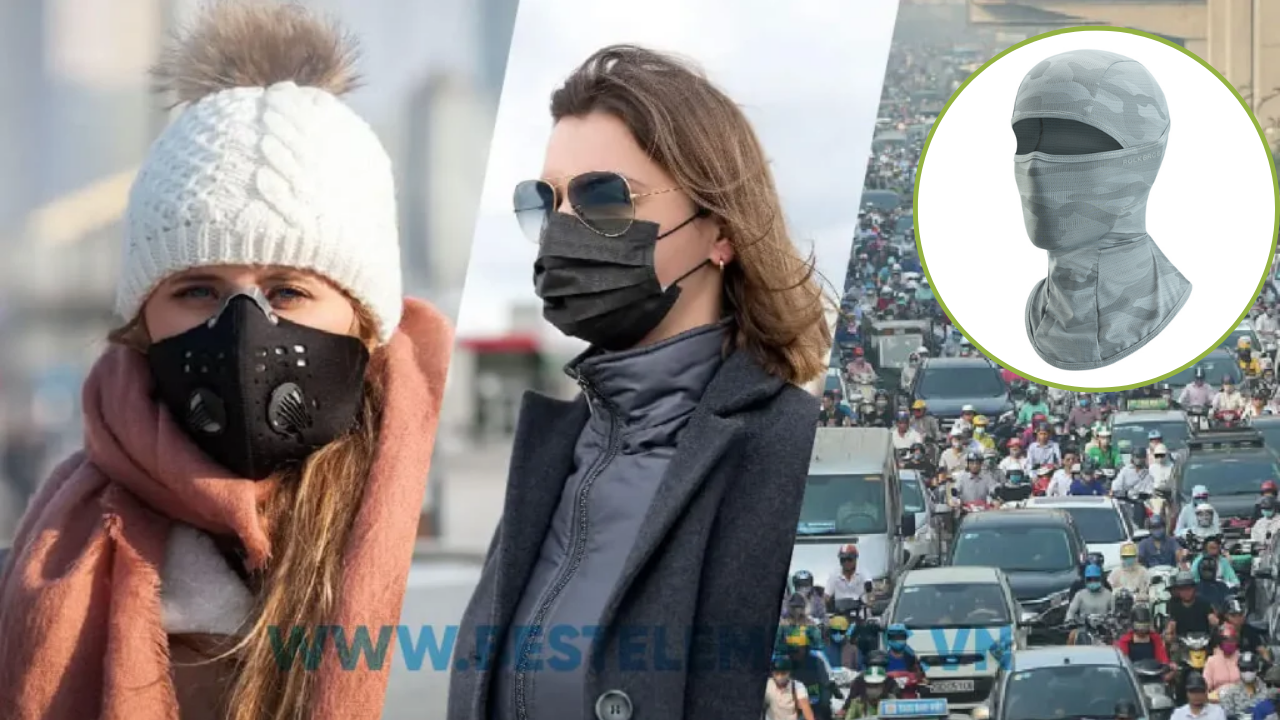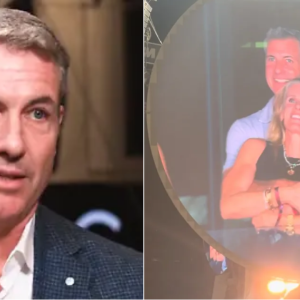Is there any research on the amount of carbon inhaled by cyclists on busy city streets? Surely there would be serious long-term effects, so should cyclists wear respirators [to filter out pollutants]?
Richard Moore, Somerset.
Dr Scurr replies: Your question is one that will preoccupy many cyclists. Given that they are exposed to the outside air, you would think they would take the brunt of pollution – but research doesn’t back this up.
One of the first studies to show this was by a pioneering GP and urban cyclist, Dr Ronnie Williams, who was concerned about the effects of breathing in pollution while cycling twice-weekly for his commute to St Bart’s Hospital in the 1960s. He measured his own blood carbon monoxide levels using the hospital’s equipment and compared these with the levels in his blood when he made the same journey by bus – and was surprised to find the bus trip resulted in far higher carbon monoxide levels.
While it might sound surprising, studies have shown that on busy city streets, cyclists breathe in less pollution than those in cars or on public transport, writes Dr Martin Scurr
He attributed this to the fact that he was breathing deeply while cycling, so breathed out all the pollutants.
More recent research has been conducted not only on the absorption of carbon monoxide, but also particulate matter (the tiny particles of pollution), nitrogen dioxide, ozone and other pollutants.
Read More
These, too, suggest that cyclists breathe in fewer pollutants than people in cars or on buses.
For instance, a 2019 study by King’s College London – a leader in air-quality research – looked at several air pollutants and multiple studies, and found that people in diesel-powered vehicles face higher pollution levels than cyclists.
With regards to your question about wearing a mask, respirator masks with a P3 rating have been established as the most effective against particles and all pollution except gases. But nothing is capable of absorbing carbon monoxide.
If I was a cyclist, I’d use an FFP3 mask – even though they are hot to wear and slightly cumbersome, so may take some getting used to.
I suffer with dry, itchy and inflamed skin inside my ears. I’m using olive oil instead of the prescribed steroid spray – and it’s working well. Could there be long-term side-effects?
Katie Gooding, Hampshire.
Dr Scurr replies: Using olive oil to treat the ear canals is a time-honoured remedy. I’ve never come across an abnormal reaction to its use in this way – in contrast to some of the commercially available products, which may contain preservatives to which some people become sensitised, resulting in inflammation.
You are using olive oil to treat an itchy skin condition in the ear; many people use it to soften ear wax, thus enabling it to be syringed out easily. But one word of advice: do not use warm or hot oil. Not only is it unnecessary to heat it, but it is potentially dangerous.Should You Wear a Mask to Filter Pollution While Cycling? Dr. Martin Scurr Has the Answer
As air pollution rises in many major cities, protecting one’s health during outdoor activities like cycling becomes essential. Wearing a mask is a common protective measure, but does it truly work? Dr. Martin Scurr, a respiratory health expert, offers insights on the benefits and limitations of using an anti-pollution mask while cycling.
Air Pollution and Its Impact on Cyclists
Cyclists often face high exposure to pollutants, especially when traveling along busy roads. Vehicle emissions contain many harmful compounds, such as nitrogen oxides, ozone, and PM2.5 fine particulate matter—substances that pose serious risks to the respiratory system. When inhaled over time, these pollutants can lead to lung inflammation, asthma, and even chronic conditions.
Dr. Martin Scurr asserts that prolonged inhalation of polluted air is harmful to the lungs, particularly for people who regularly exercise outdoors, like cyclists. However, he also stresses that not all masks can protect against these ultra-fine airborne particles.
Do Anti-Pollution Masks Work?
Not all masks can filter PM2.5 particles or toxic gases in the air. Dr. Scurr explains that standard medical masks or fabric masks only block larger particles and don’t offer adequate protection against ultra-fine particles. To effectively filter pollution, masks need special filters, typically found in N95, N99, or other masks designed specifically for filtering pollution.
N95 and N99 masks can filter 95-99% of fine particles in the air; however, they may be uncomfortable during intense physical activity due to restricted airflow. For cyclists, wearing these masks can make breathing more difficult, leading to quicker fatigue.
Dr. Scurr’s Recommendations
According to Dr. Scurr, if you cycle frequently in high-pollution areas, wearing an anti-pollution mask is worth considering. However, he also advises cyclists to choose routes with lower pollution levels, avoid rush hours, or opt for parks with less traffic and cleaner air. These precautions can help minimize exposure to pollutants without obstructing breathing during exercise.
Dr. Scurr also recommends using masks specifically designed for sports activities, which have effective filters but don’t overly restrict airflow. Specialized masks for running and cycling are now available, featuring PM2.5 filters and air valves to make them more comfortable for physical activity.
Conclusion
Wearing an anti-pollution mask while cycling can offer some protection for the respiratory system, especially in major cities where air pollution is a serious concern. However, cyclists need to select the right type of mask and choose routes that minimize exposure to pollution. According to Dr. Martin Scurr, protecting health during outdoor exercise is crucial, and making the right choices will allow you to stay active without compromising well-being.







